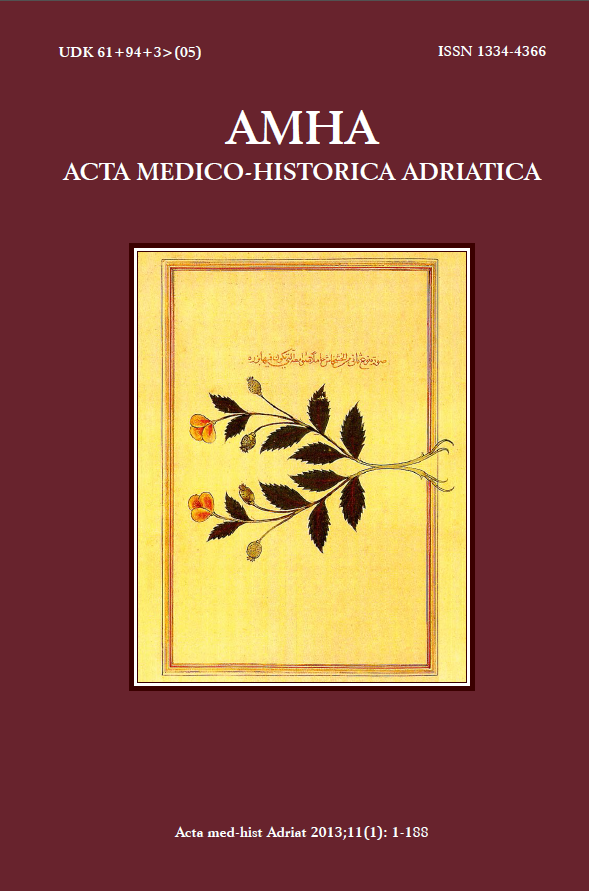MEDICINAL ASPECTS OF OPIUM AS DESCRIBED IN AVICENNA’S CANON OF MEDICINE
Keywords:
Opium, Avicenna, History of medicine, Persia, Canon of MedicineAbstract
Throughout history, opium has been used as a base for the opioid class of drugs used to suppress the central nervous system. Opium is a substance extracted from the opium poppy (Papaver somniferum L.). Its consumption and medicinal application date back to antiquity. In the medieval period, Avicenna, a famous Persian scholar (980-1037 AD) described poppy under the entry Afion of his medical encyclopedia Canon of Medicine. Various effects of opium consumption, both wanted and unwanted are discussed in the encyclopedia. The text mentions the effects of opioids such as analgesic, hypnotic, antitussive, gastrointestinal, cognitive, respiratory depression, neuromuscular disturbance, and sexual dysfunction. It also refers to its potential as a poison. Avicenna describes several methods of delivery and recommendations for doses of the drug. Most of opioid effects described by Avicenna have subsequently been confirmed by modern research, and other references to opium use in medieval texts call for further investigation. This article highlights an important aspect of the medieval history of medicine.


